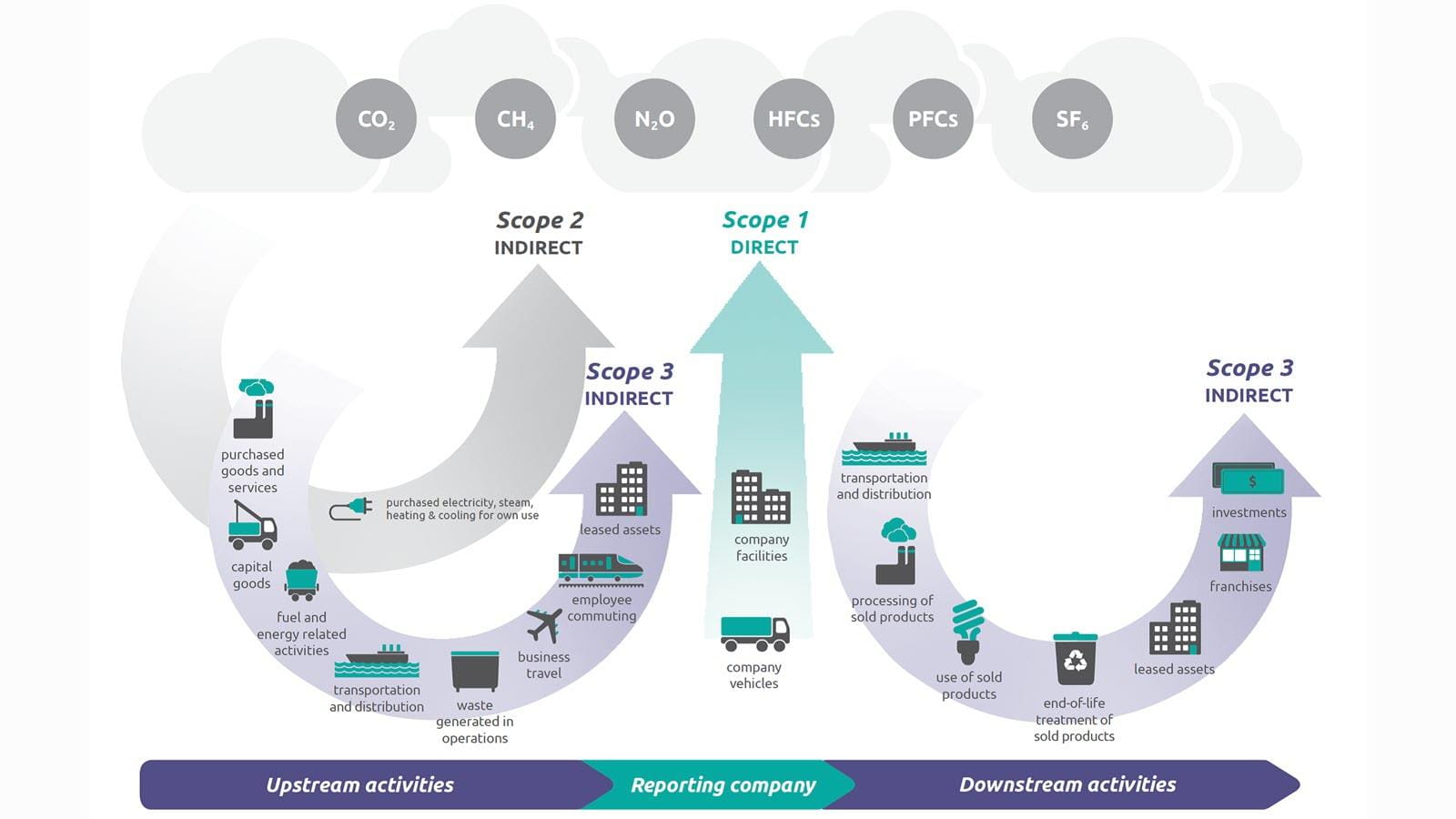CSL, a global biotech company with locations and manufacturing operations on multiple continents, recently set carbon emissions targets it intends to reach by 2030. The multipart plan used the universal language of sustainability, including the terms “Scope 1” and “Scope 2” emissions.
Specifically, CSL seeks to cut 40% of its Scope 1 and Scope 2 emissions against a baseline of the average annual emissions during the fiscal years 2019 through 2021, CSL Chief Financial Officer Joy Linton said in August.
But what is included in Scope 1 and Scope 2? According to the U.S. Environmental Protection Agency, Scope 1 means emissions from facilities or equipment controlled or owned by the company. The company directly creates these emissions, which are associated with fuel combustion from boilers, furnaces, vehicles and other equipment.
Scope 2 emissions are caused in the production of the electricity, steam, heating and cooling a company purchases. They are not directly produced by the company but come mostly from the utilities that generate its power. Contributors to Scope 2 emissions include lights, computers, heat pumps and air conditioners – anything that runs on electricity.
The operation of CSL facilities support the development and manufacture of medicines for rare and serious diseases, as well as vaccines. The company plans to address Scope 1 and Scope 2 emissions through improved energy efficiency, renewable power and new site design.
“As an organization driven by its promise to people and patients, CSL wants to help create a sustainable world for future generations,” Linton said following the 2022 emissions targets announcement.
The company is moving in the right direction having already achieved 100% Renewable Energy (RE) across all European sites, said Jeffrey Ball, CSL’s Environmental, Health, Safety and Sustainability, Global Head, Network Strategy & Operational Excellence. Next, CSL plans to evaluate Power Purchase Agreements (PPAs) to achieve RE at Australian- and U.S.-based sites, he said.
Best practices in sustainable design also were used in recent CSL construction projects, including a new R&D facility in Marburg, Germany, that uses a novel process for heating and cooling the large building without fossil fuels. A new CSL headquarters building in Melbourne, Australia, received five stars from the Green Building Council of Australia.



